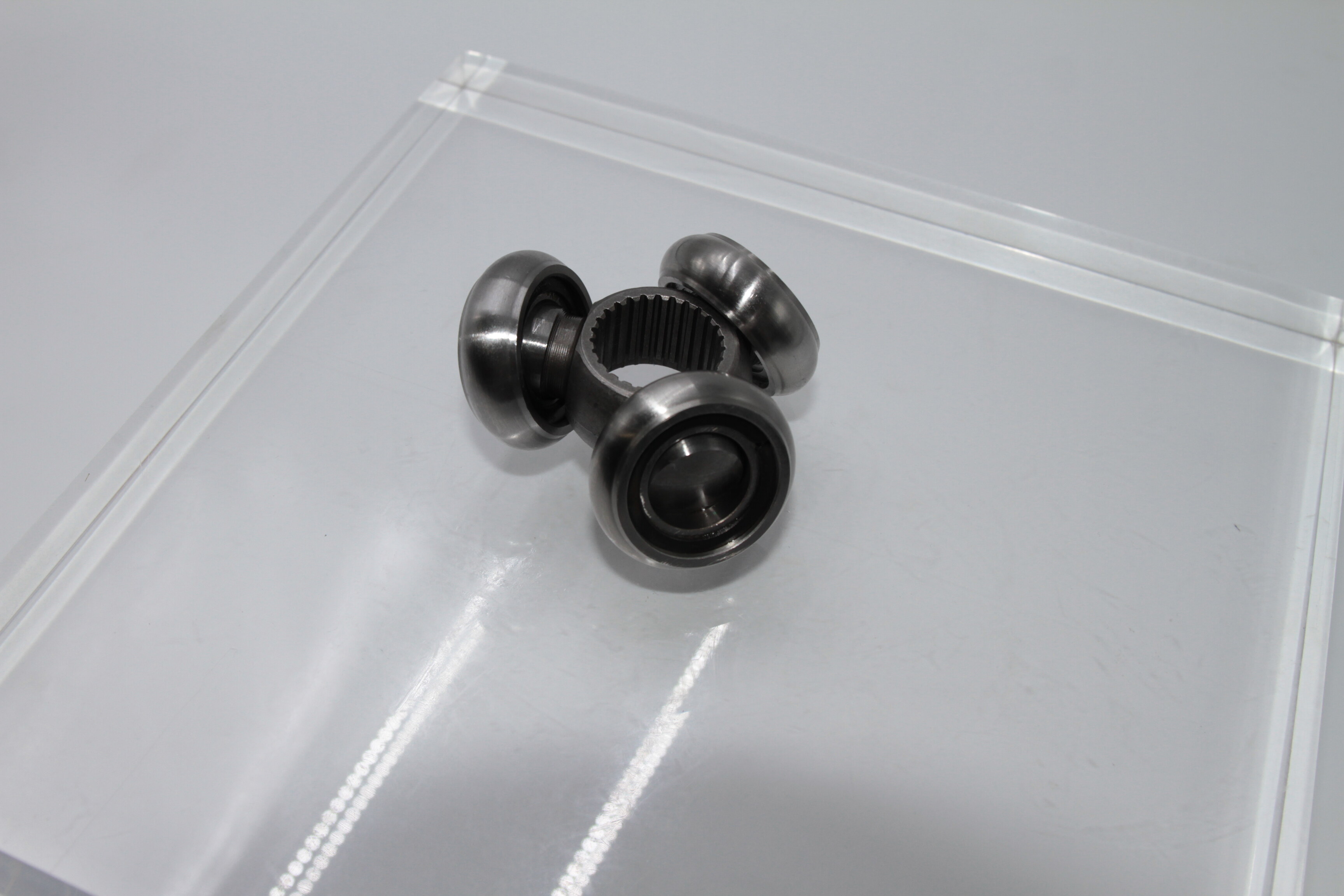Email format error
Email cannot be empty
Email already exists
6-20 characters(letters plus numbers only)
The password is inconsistent
Email format error
Email cannot be empty
Email does not exist
6-20 characters(letters plus numbers only)
The password is inconsistent


Understanding the Mechanics Behind a Tripod Joint
When we think about the various components that make up a vehicle, certain parts may not immediately come to mind, but they play crucial roles in ensuring smooth operation and functionality. One such component is the tripod joint.
What is a Tripod Joint?
A tripod joint is a type of constant velocity (CV) joint that allows rotational movement while accommodating changes in axle length due to suspension travel. It is commonly found in front-wheel-drive vehicles and plays a pivotal role in transferring torque from the transmission to the wheels.
Anatomy of a Tripod Joint
Imagine a miniature version of a tripod used for photography—though not for taking pictures, this joint resembles a tripod in structure. It consists of three main components:
1. Needle Bearings: These small cylindrical rollers fit into the three slots of the joint, allowing smooth rotation and minimizing friction.
2. Cage: The needle bearings are held in place by a cage, which maintains their positions relative to each other and ensures even distribution of load and torque.
3. Outer Race: This is the outer part of the joint, which connects to the shaft or axle and allows the joint to articulate in various directions.
How It Works
The functionality of a tripod joint is quite ingenious. As the vehicle moves, the suspension causes the axle shaft to move in and out relative to the transmission. The tripod joint accommodates these changes through the movement of the needle bearings within the cage. This allows the axle to rotate smoothly without binding, even as it adjusts in length.

Importance in Front-Wheel-Drive Vehicles
In front-wheel-drive vehicles, where the engine is located transversely and the transmission is mounted alongside the engine, the axle shafts need to transmit torque to the wheels at varying angles and lengths. The tripod joint's ability to articulate and accommodate these movements ensures that power is delivered efficiently and smoothly, regardless of the vehicle's steering or suspension position.
Maintenance and Common Issues
Like any mechanical component, tripod joints require regular maintenance and can suffer from wear and tear over time. Lack of lubrication or exposure to contaminants can lead to premature failure. Signs of a failing tripod joint often include clicking or popping sounds during turns, which indicate worn-out needle bearings or a damaged cage.
Evolution and Advancements
Over the years, automotive engineers have continued to refine CV joint designs, including tripod joints, to improve durability and reduce manufacturing costs. Advances in materials and manufacturing processes have led to stronger and more efficient joints, capable of withstanding higher torque loads and longer service intervals.
Conclusion
In summary, while often overlooked, the tripod joint is a critical component in front-wheel-drive vehicles, ensuring that torque is transmitted smoothly from the transmission to the wheels while accommodating changes in axle length. Its simple yet effective design—comprising needle bearings, a cage, and an outer race—illustrates the ingenuity of automotive engineering in solving complex challenges related to power transmission and suspension dynamics.
Next time you drive your front-wheel-drive car, remember the unsung hero beneath—the tripod joint—that quietly enables your vehicle to navigate turns and maintain propulsion, making your journey smoother and more enjoyable.

